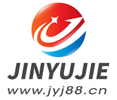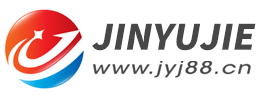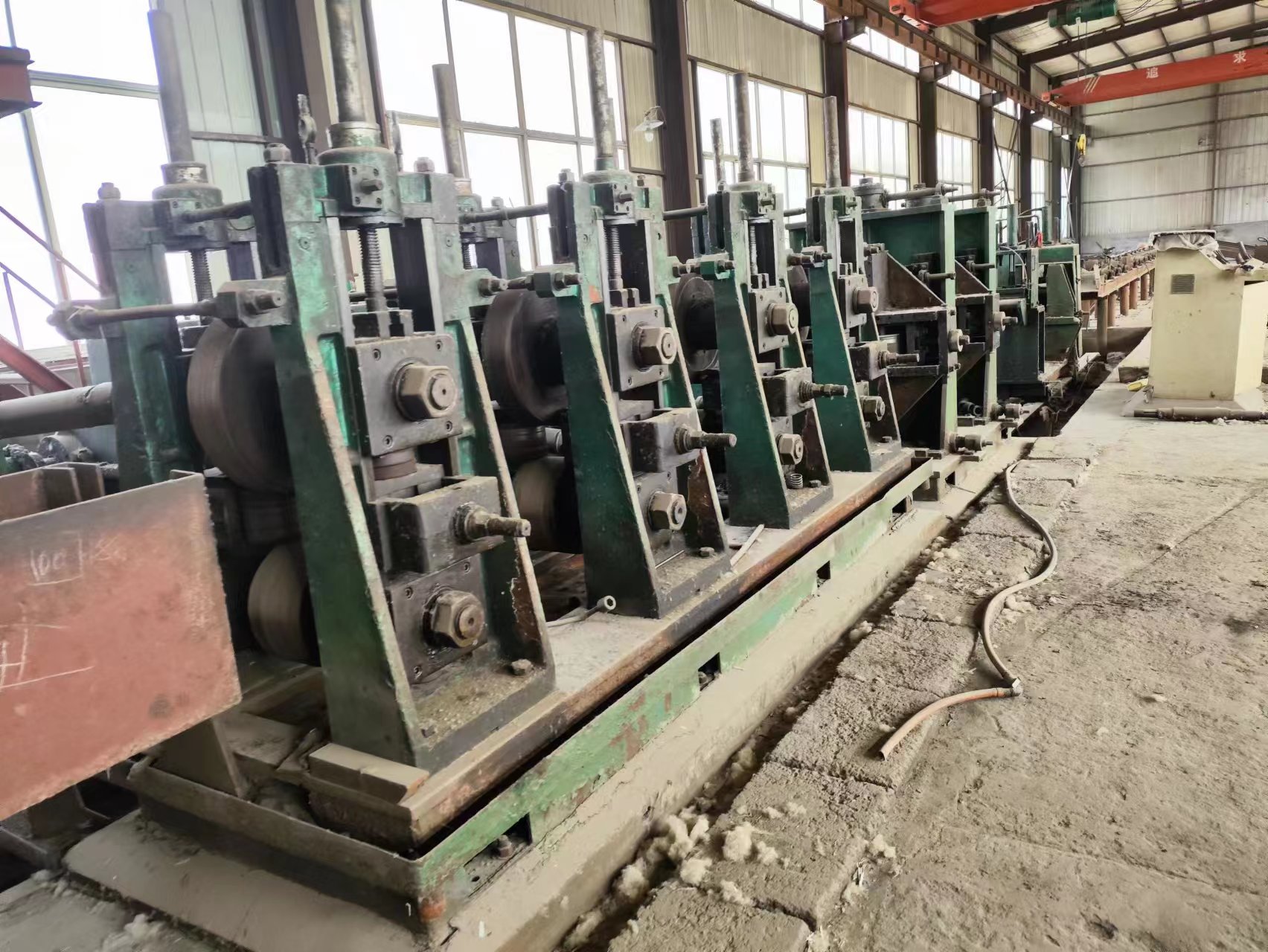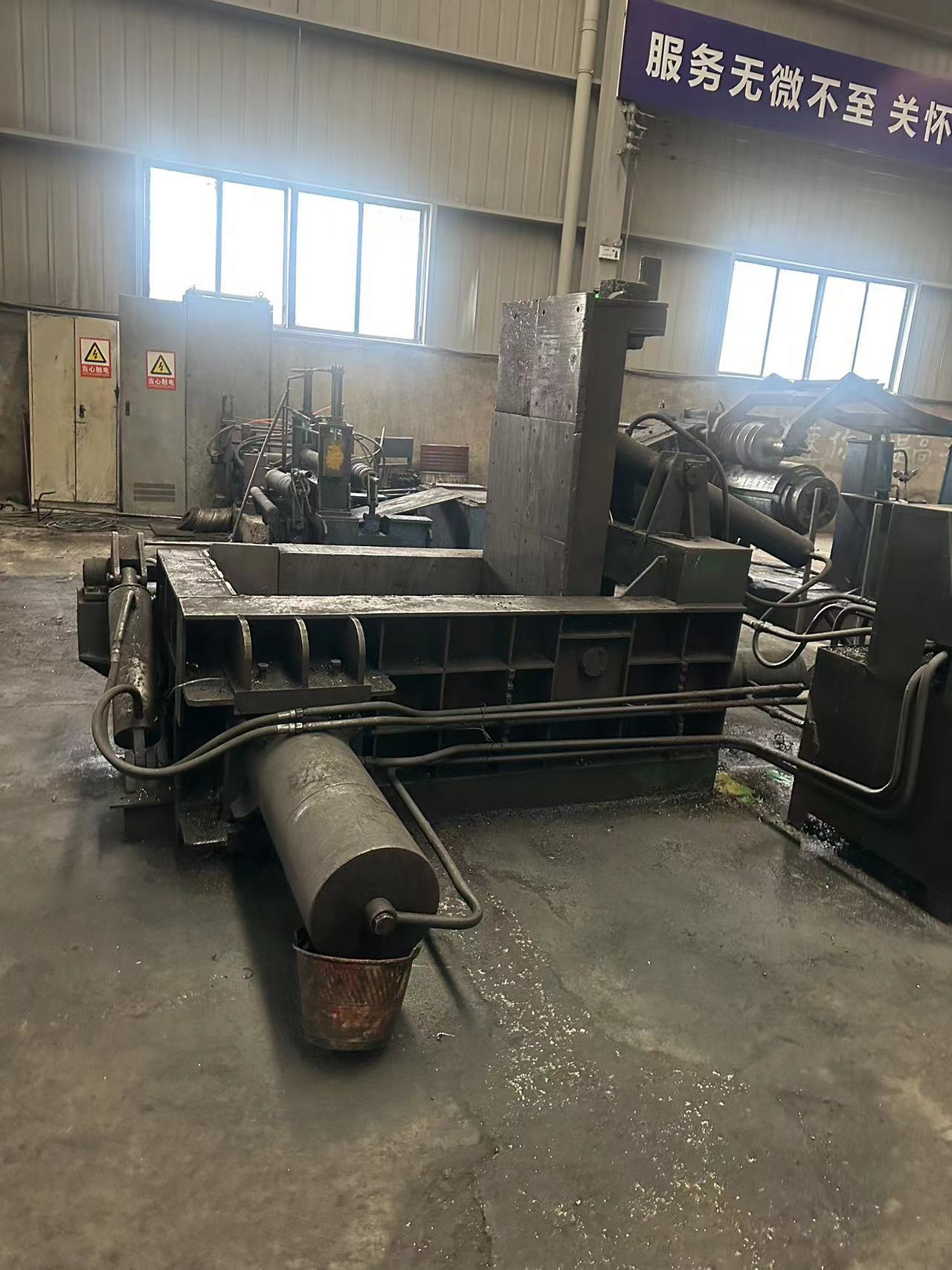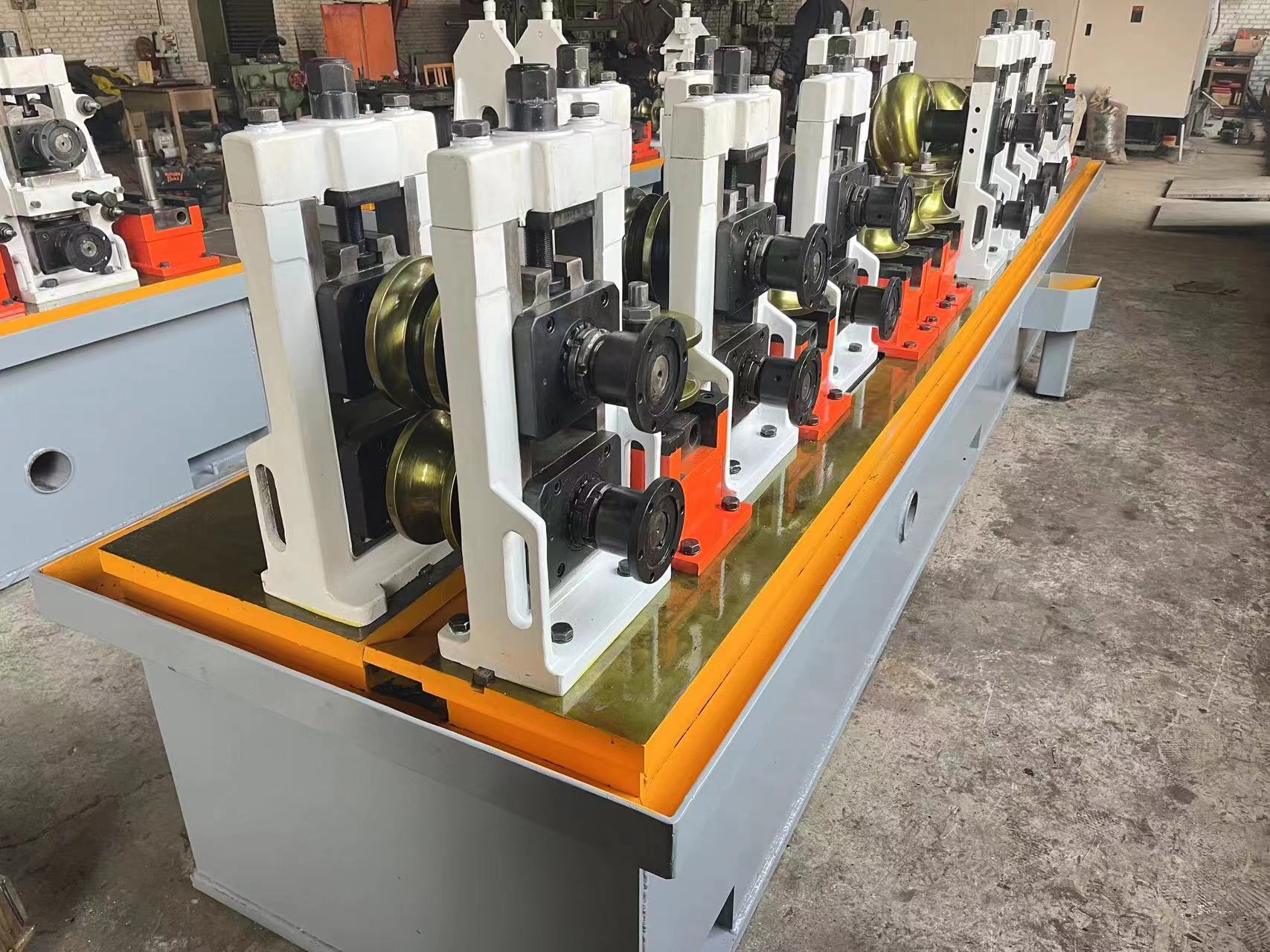Principles of strengthening and weakening of high-frequency current proximity effect and skin effect of used welded pipe equipments
- Sort:Information
- Auth:
- Source:
- Release time:2023-04-17 11:30
- Pvs:
【概要描述】The proximity effect and the skin effect of high-frequency current are twin brothers. They act on the welded pipe blank at the same time, and their functions should be treated differently according to the actual production of used welded pipe equipments. The principle is to make appropriate trade-offs (strengthening and weakening) for the main contradiction, each with its own emphasis. For example, when welding thin-walled tubes, it is necessary to appropriately weaken the proximity effect while strengthening the skin effect, that is, to appropriately increase the opening angle to prevent "overburning" during the welding process.
Principles of strengthening and weakening of high-frequency current proximity effect and skin effect of used welded pipe equipments
【概要描述】The proximity effect and the skin effect of high-frequency current are twin brothers. They act on the welded pipe blank at the same time, and their functions should be treated differently according to the actual production of used welded pipe equipments. The principle is to make appropriate trade-offs (strengthening and weakening) for the main contradiction, each with its own emphasis. For example, when welding thin-walled tubes, it is necessary to appropriately weaken the proximity effect while strengthening the skin effect, that is, to appropriately increase the opening angle to prevent "overburning" during the welding process.
- Sort:Information
- Auth:
- Source:
- Release time:2023-04-17 11:30
- Pvs:
The proximity effect and the skin effect of high-frequency current are twin brothers. They act on the welded pipe blank at the same time, and their functions should be treated differently according to the actual production of used welded pipe equipments. The principle is to make appropriate trade-offs (strengthening and weakening) for the main contradiction, each with its own emphasis. For example, when welding thin-walled tubes, it is necessary to appropriately weaken the proximity effect while strengthening the skin effect, that is, to appropriately increase the opening angle to prevent "overburning" during the welding process. It is no exaggeration to say that preventing "overheating" "Burning" is the main contradiction in welding thin-walled pipes; when used welded pipe equipments is operating in the process of welding thick-walled pipes, it is necessary to appropriately weaken the skin effect and correspondingly strengthen the proximity effect, and increase the welding heat by reducing the opening angle. The main contradiction of the pipe is that the welding is not penetrated, and it is easy to form the "cold welding" of the weld.
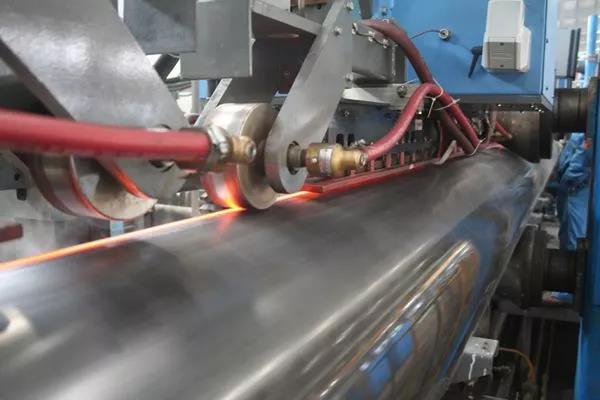
The significance of the skin effect to the production of welded pipes is mainly manifested in the following aspects:
(1) If there is no skin effect, the current will be evenly distributed in the cross section of the tube blank and cannot be concentrated, and then it is impossible to achieve high-speed and high-efficiency welding.
(2) If the current penetration exceeds half the thickness of the tube blank, the skin effect will be meaningless to the production of welded tubes, which is why the thinner the tube wall, the higher the selection frequency.
(3) The skin current penetration depth is inversely proportional to the square root of the frequency, that is to say, the higher the frequency, the shallower the current penetration depth. The path for heating and heat transfer is short, and the metal within a certain range of the entire edge is easily heated; on the other hand, if the used welded pipe equipments produces thick-walled pipes, it is necessary to appropriately reduce the frequency of the welding current to weaken the skin effect and make the current flow. The current passing through the edge of the tube blank to be welded is slightly deeper, which will change from one-way heat transfer from the surface layer to a certain depth to direct heat generation within a certain depth range, which actually shortens the heat transfer path at the edge of the thick-walled tube blank.

Current penetration depth of low carbon steel billets in the frequency range of high frequency power sources commonly used in welded pipe production.
More News

Time of issue : 2023-10-31

Time of issue : 2023-10-28

Time of issue : 2023-10-25

Time of issue : 2023-10-22
Wechat: 13392281699
Email: zty@usedpipemill.com
Company address:No. A99, East Lecong Avenue, Lecong Town, Foshan City, Guangdong Province
Recommendation
Online Inquiry
LINK
Contact Us
Tel (wechat): 13336487288
Wechat:+86 13336487288
WhatsApp:+86 13336487288
Email: zty@usedpipemill.com
Address: No. A99, Lecong Avenue East, Lecong Town, Foshan City, Guangdong Province

